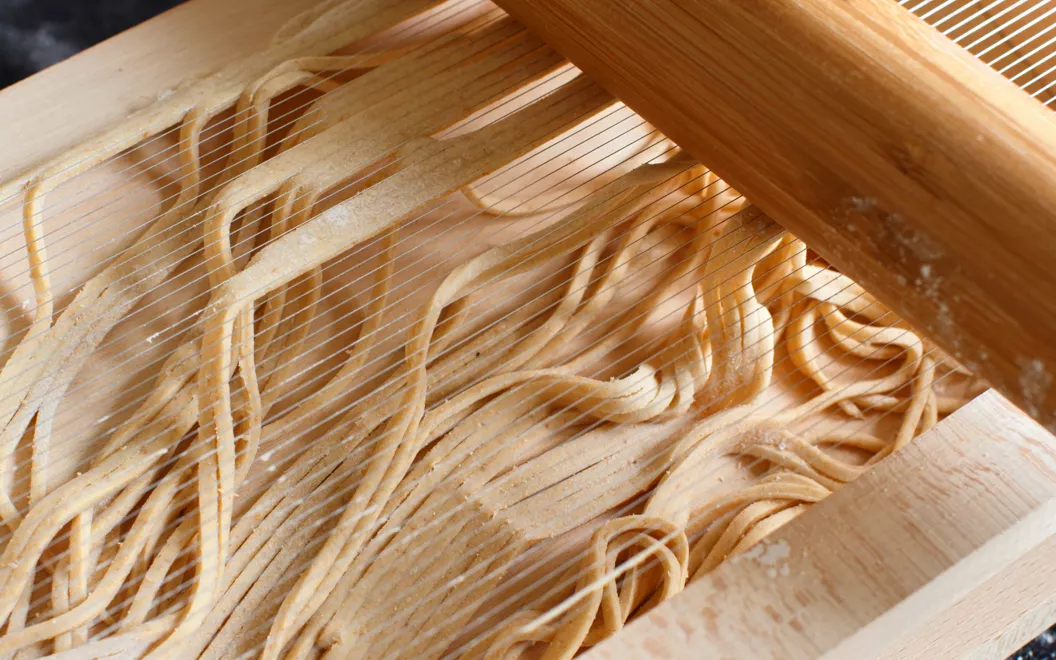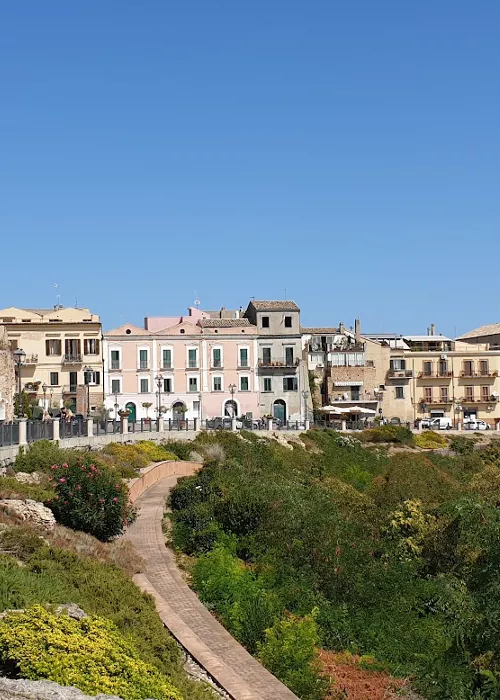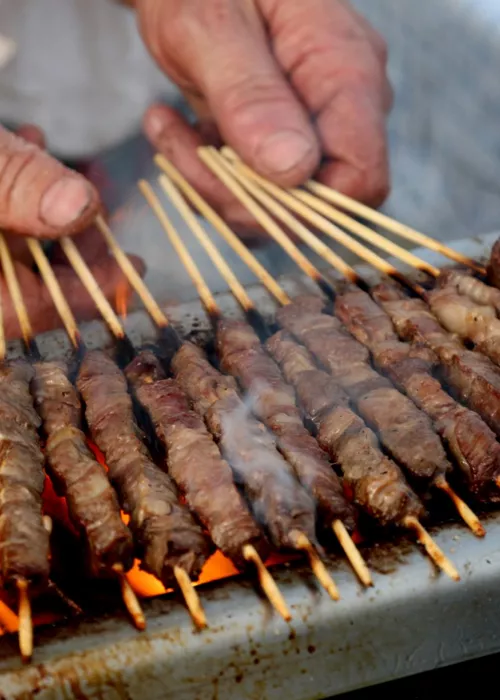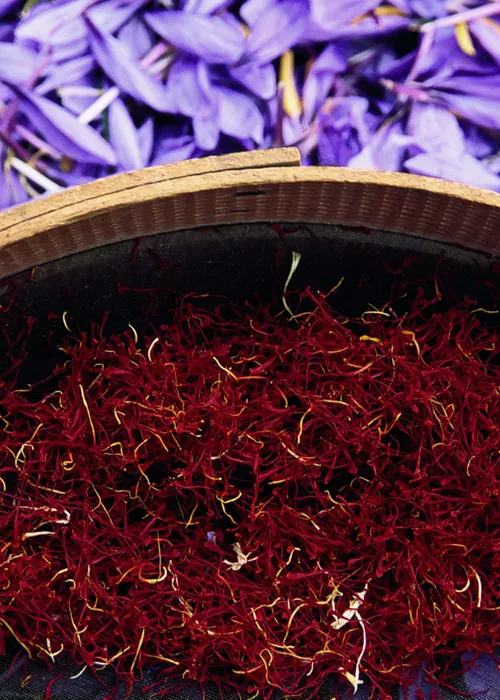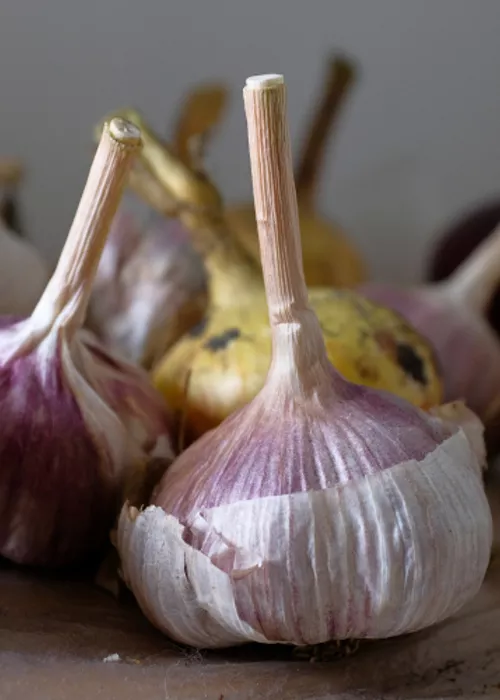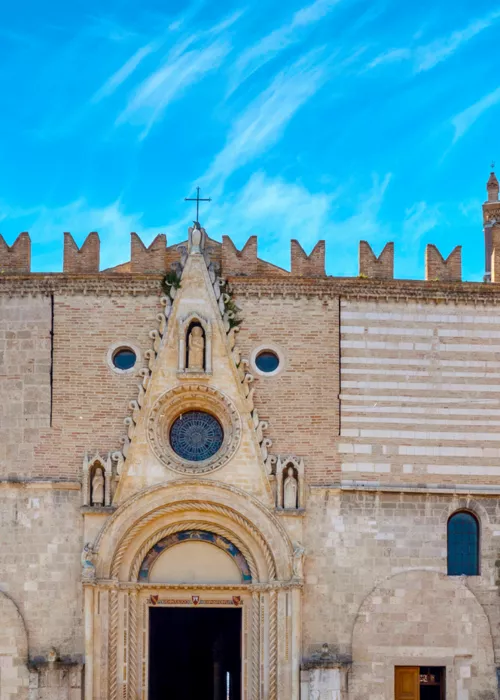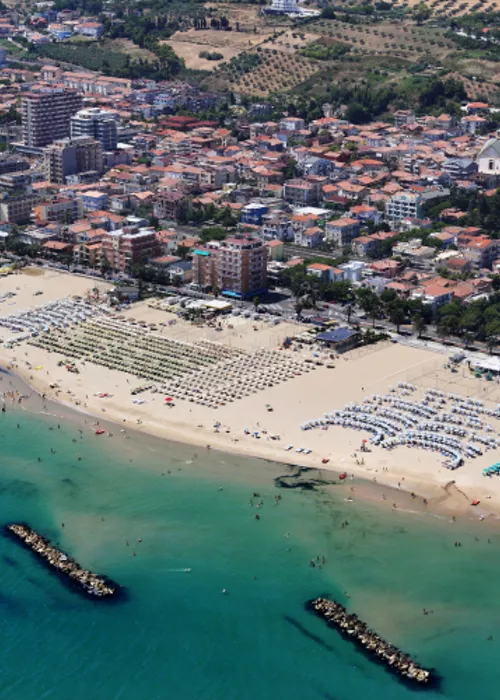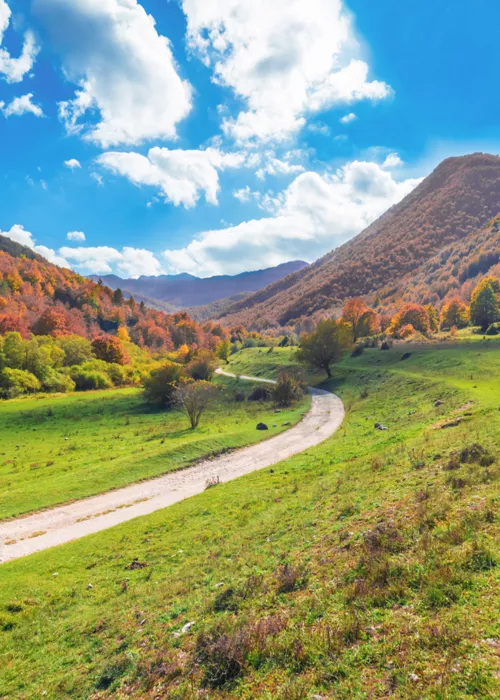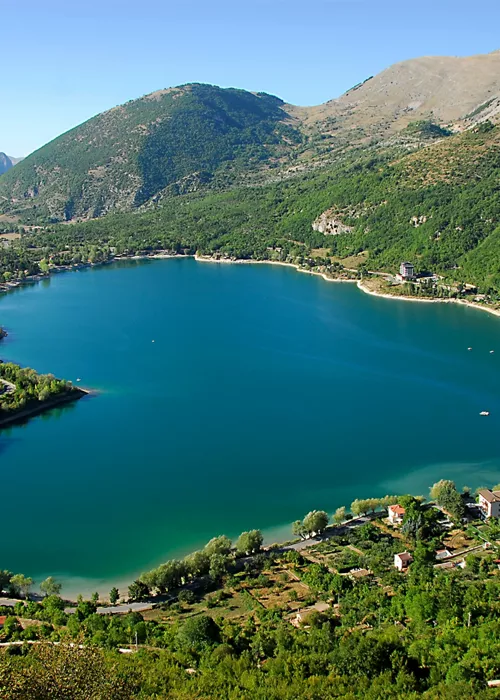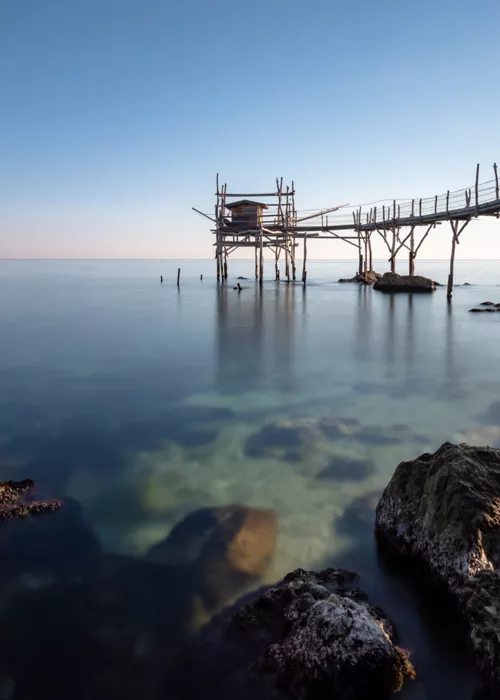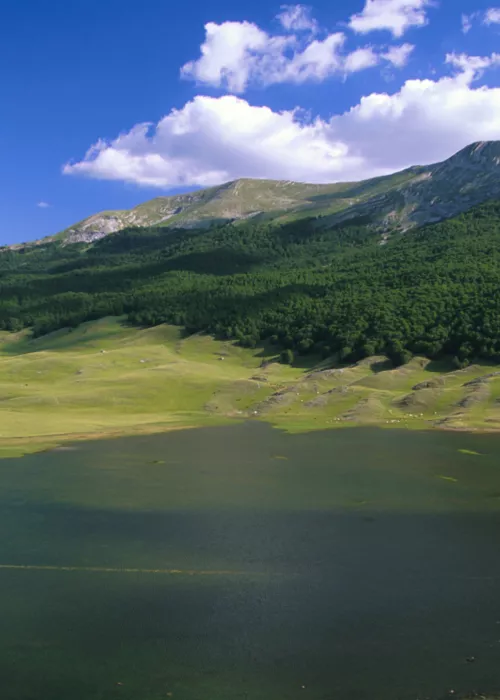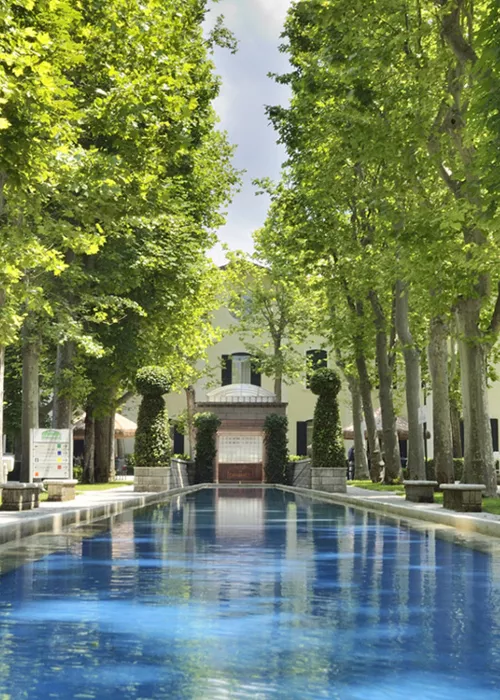The Abruzzo region by way of Donato De Santis's pizza
3 minutes
The history of maccheroni alla chitarra and other Abruzzo culinary delights
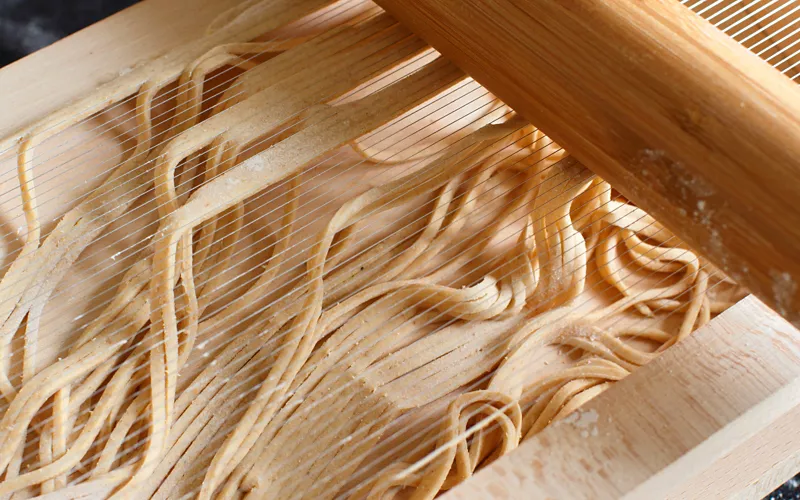
Maccheroni alla chitarra is the first course par excellence on all Abruzzo tables. They are delicious spaghetti with a square cross-section, between 3 and 4 millimetres; they might resemble fettuccine but are actually thicker and not as wide. The dough is the classic fresh pasta mixture, made from flour and eggs. They owe their uniqueness to the preparation technique from which they take their name or, rather, to the tool with which the dough is cut.
The ‘chitarra' (guitar), in this case, is a sort of rectangular wooden frame, made up of steel wires arranged in parallel, or two opposing frames between which the steel wires are attached. It takes its name from the fact that the metal strings vibrate and emit a sound similar to that of a musical instrument. The wires are placed at a distance of 2-3 millimetres from each other and, once the pasta sheet, which must not be too thin, is laid on top, it is pressed with a rolling pin to make square spaghetti, or 'maccheroni alla chitarra'.
The 'chitarra maccarunare' was invented around 1860, after the introduction of steel wire from Germany into Italy, by the 'setacciari' to help housewives cut the pasta. The 'setacciari' were the makers of flour sieves, a trade that has now disappeared from San Martino sulla Marrucina, in the province of Chieti. The steel wire became so popular that it was included in the dowry of Abruzzo brides and was called in dialect the 'carrature', or 'pasta cutter', a term derived from the French 'carrer' meaning to cut into squares.
Beyond maccheroni alla chitarra
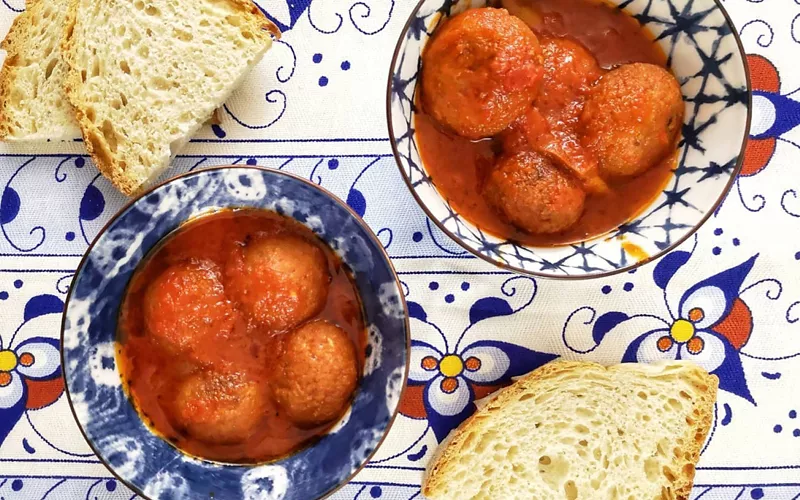
Maccheroni alla chitarra is perfect with a wide variety of sauces, from simple tomato and basil to seafood, but it comes into its own when served with tasty pallottine, small meatballs, the typical Sunday lunch dish in Abruzzo.
Along with this delicious fresh pasta, the table can never be short of olio santo, 'uje sande' in dialect, or spicy extra virgin olive oil in which fresh or dried chillies have been macerated: it is used to flavour everything from bread to arrosticini (meat skewers).
The latter are the true kings of Abruzzo cuisine, which focuses on simple but sumptuous flavours and can boast dishes such as pallotte cac'e'ove, or meatballs made with cheese and eggs, that fully reflect the gastronomic genius of the peasant civilisation. Or the scrippelle 'mbusse of the Teramo province, similar to crêpes rolled and dipped in chicken broth, enriched with grated Parmesan and a sprinkling of cinnamon.
There is no shortage of cheeses, including Pecorino di Farindola, the only one in Italy and probably the world to be made with pig rennet, or cured meats such as Ventricina del Vastese. This is also where Brodetto alla Vastese comes from, representing how Abruzzo's seafood cuisine combines the variety of fish from the Adriatic with the wealth of vegetables from the hills near the sea.
To end an Abruzzese meal on a high note, one can choose the famous Sulmona sugared almonds, often made in the shape of a flower with almonds from the Peligna Valley, also popular with the British royal family.
Not forgetting the classic 'pizza dogge', the sweet pizza that is the festive cake at the centre of every Abruzzese celebration, made up of layers of sponge cake soaked in rum, coffee and Alchermes and filled with cream and chocolate. All accompanied by a glass of Montepulciano d'Abruzzo, the king of regional oenology whose DOC status celebrated 50 years in 2018.

